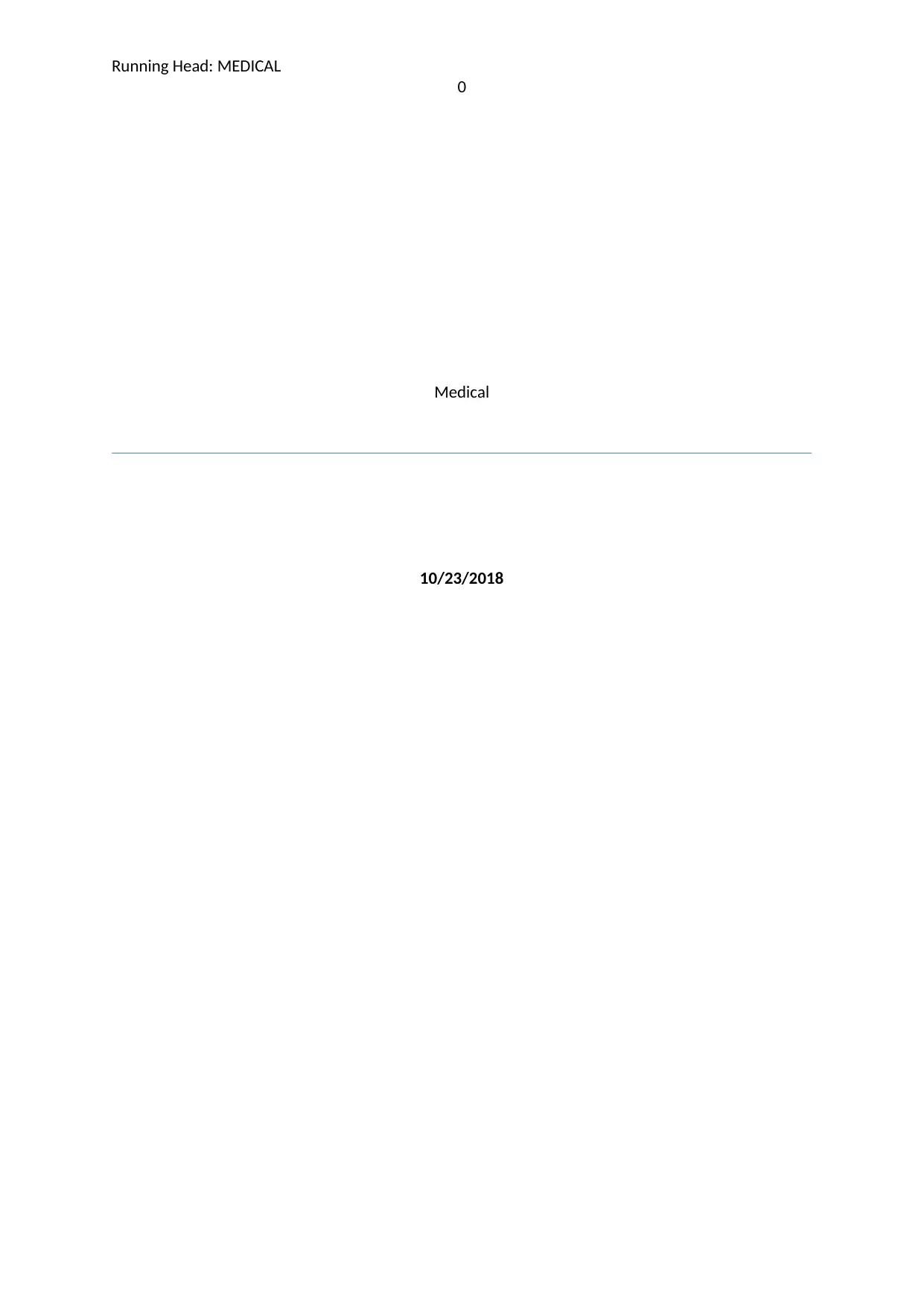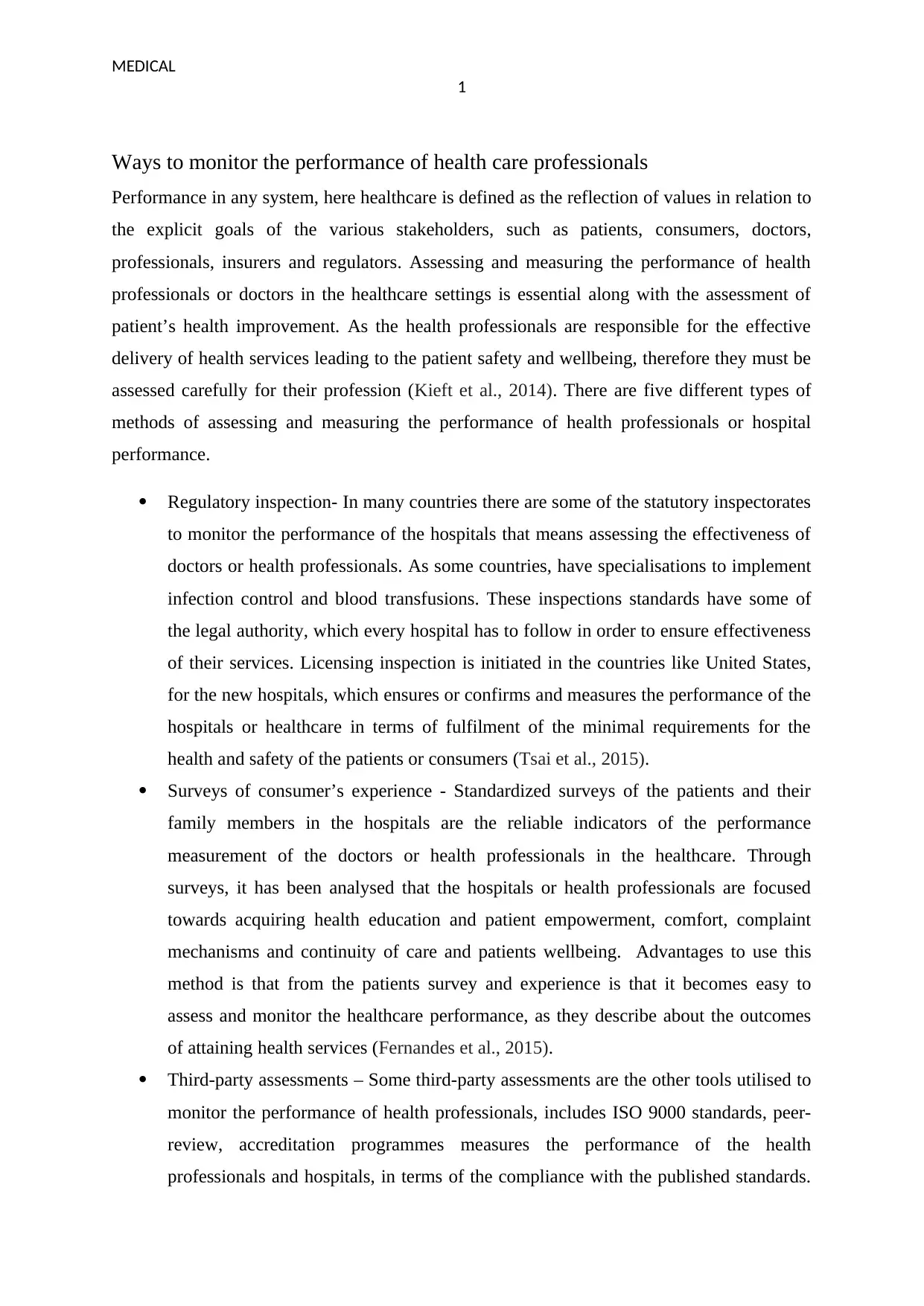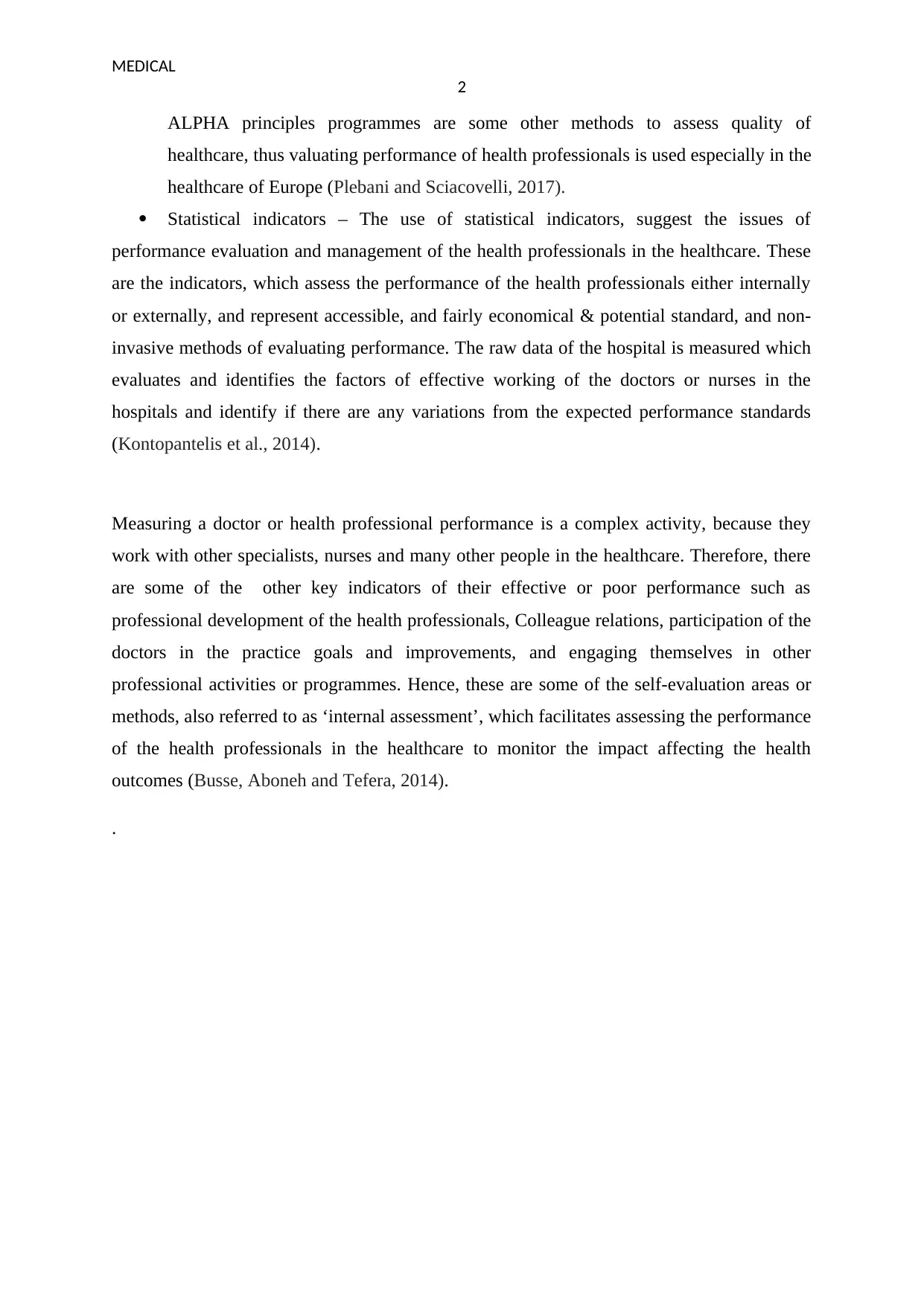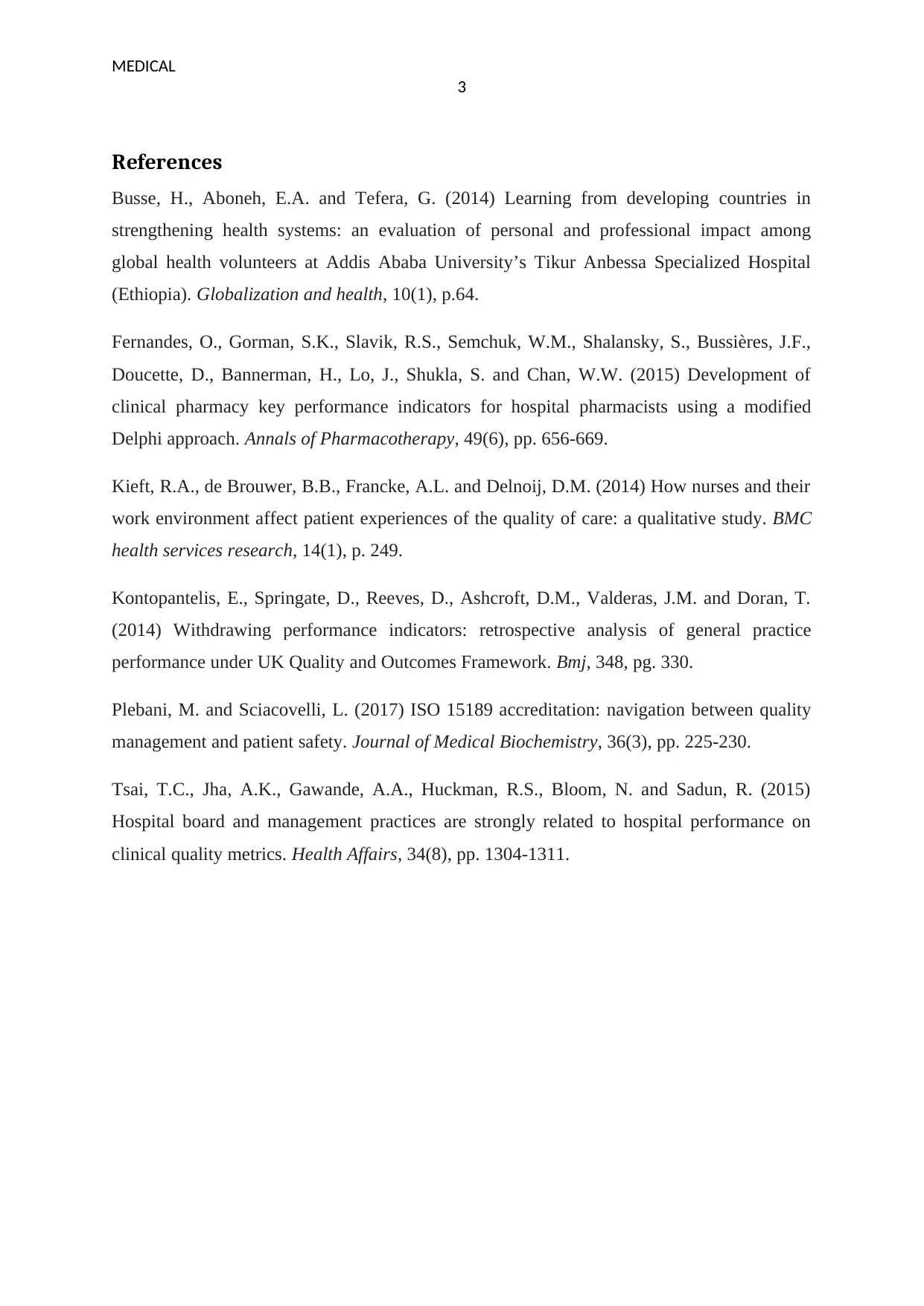Assessing and Measuring Healthcare Professional Performance Methods
VerifiedAdded on 2023/06/03
|4
|1039
|155
Report
AI Summary
This report examines various methods for monitoring the performance of healthcare professionals, emphasizing the importance of assessing their effectiveness to ensure patient safety and well-being. The report details five key assessment methods: regulatory inspections, consumer surveys, third-party assessments, and statistical indicators. Regulatory inspections, often conducted by statutory inspectorates, ensure adherence to health and safety standards. Surveys of consumer experiences offer insights into patient satisfaction and the quality of care. Third-party assessments, such as ISO 9000 standards and accreditation programs, evaluate compliance with established benchmarks. Statistical indicators provide data-driven insights into performance, identifying areas for improvement. The report also highlights the significance of internal assessments, such as professional development and colleague relations, in evaluating a healthcare professional's overall performance and impact on health outcomes. The report concludes by underscoring the complexity of assessing performance due to the collaborative nature of healthcare and highlights the importance of ongoing evaluation to maintain high standards of care.
1 out of 4











![[object Object]](/_next/static/media/star-bottom.7253800d.svg)